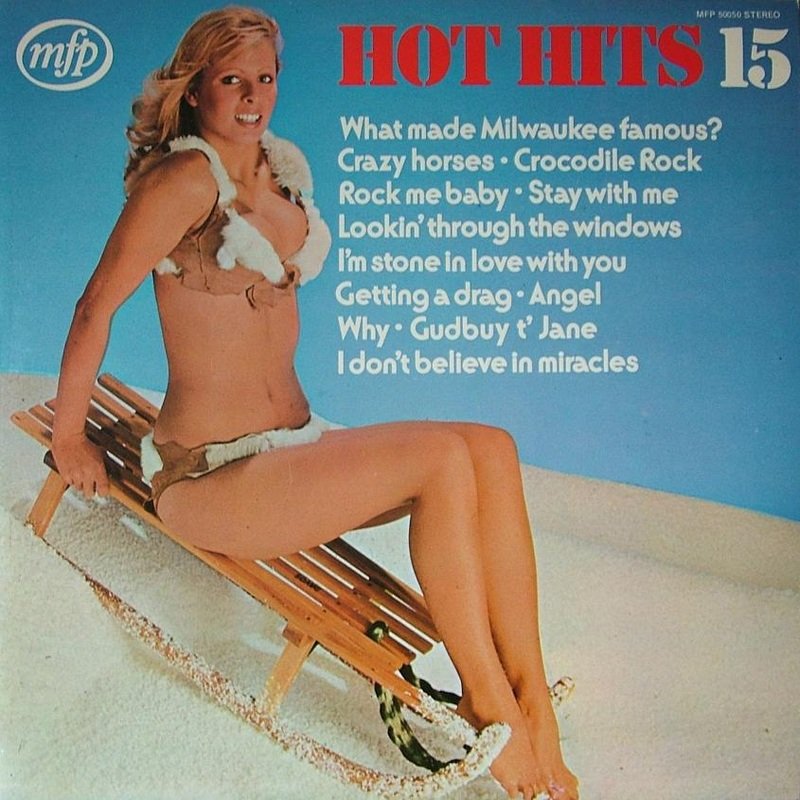For our #MondayMotivaton today I try to work out which sports we can still play whilst socially distancing...
...explained through the medium of Hot Hits compilation albums!
...explained through the medium of Hot Hits compilation albums!

Association Football? NO! Keeping two meters apart is too difficult in soccer, unless we use the rules of table football for each match (note: no spinning and no tilting the pitch!) 

Angling? YES! Social distancing is the reason most people take up this pastime in the first place, plus the smell of bait keeps most people at least two meters away from you. 

Motor racing? POSSIBLY! Yes you're far away from people on the track, but pit crews would probably have to be banned. You'll need to change your own tyres if you want to bring back F1 nowadays. 

Archery? YES! In fact there's no better way to keep people socially distanc than waving a recursive bow around and yelling "don't you f*cking dare!" like a distressed drunk at the Battle of Agincourt. 

Skeleton Bob? NO! You're going to leave a trail of exhaled germs behind you on the track that all subsequent competitors would inhale. Technically one person only could compete safely, but is that really sport? 

Triple Jump? YES! Possibly the safest of all track and field events, but competitors would need masks in case they sneezed in the sandpit. Rakes would of course need to be two meters long. 

Rugby? NO! Not even League. Scrums, tackles and communal singing in a shared bath afterwards makes this a COVID-19 no-no. Don't try Rugby Sevens either, as I'm not convinced that's actually a sport rather than a warm-up. 

Tennis? POSSIBLY! Keeping two meters apart would mean lots of emphasis on 100mph aces from the baseline and that really kills the drama of the game. Players would have to sanitize their own balls and stop picking at their pants before serving too. 

Well there you have it: sport is possible during the coronavirus outbreak but you have to think it through beforehand. Fortunately sports enthusiasts are our top thinkers, so I'm sure common sense will prevail! #StayAlert 

• • •
Missing some Tweet in this thread? You can try to
force a refresh























